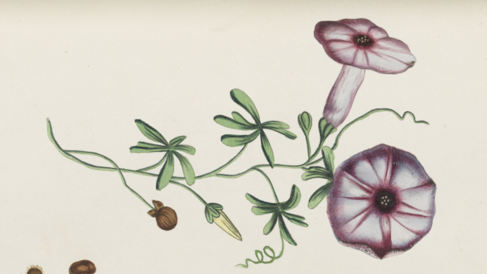Research Methods

Reflecting on diverse source materials used to compile global collections between 1776 and 1848, ‘Natural History in the Age of Revolutions’ adopts an innovative approach to unlock the practices naturalists used to gather knowledge from diverse groups and communicate it to reading publics. To locate collections, we have developed a series of partnerships with institutions in the UK, Australia and New Zealand. For a list of our project partners, please click here. These are designed to provide access and advice on diverse primary source collections while also providing a gateway to primary materials and a whole range of stakeholders in the South Pacific. As such, our partnerships allow us to develop a global research network that engages with regions rarely taken into consideration.
Natural history collections from the period around 1800 contain diverse objects including interleaved books, notebooks, paper slips, printed instructions, images, manuscripts, letters and specimens. Through undertaking surveys of these collections we intend to confirm the provenance of these materials, to establish links between the different components, and to understand their function within the context of global knowledge transfer.[1] Analysis of primary materials along these lines enables us, in line with recent historiographical approaches in the cultural and global history of science,[2] to follow knowledge chains with respect to particular natural objects and critically assess the authority exercised by individuals, institutions, and under-represented communities over natural knowledge.
This project also explores local informants’ motivations for engaging with naturalists. Thus, Tupaia, a Polynesian priest, travelled with Banks to extend his own geopolitical influence.[3] Exposing different layers of information management, such as field notes, indices and catalogues, will therefore reveal how the ordering of collections resonated with political investments and produced new perspectives on nature.
Our novel methodological approach is designed to provide a foundation for future research on the decolonisation of natural and environmental science collections. Recentring attention on naturalists’ attempts to define a position of political neutrality, this research will show how new forms of expertise emerged from competition between different systems of knowledge production and reassess the makeup of these collections. The identification of relevant primary collections is a collaborative process requiring the combined knowledge and expertise of the PI, Co-I’s and project partners who have agreed to facilitate access to uncatalogued collections.
